Report this entry
More from the same community-collection
Tiger Mascot For El Paso High - 2014
Tiger Mascot at El Paso High School homecoming. El Paso High ...
El Paso High School Cheerleaders- 2014
El Paso High School Cheerleaders during the game between Austin ...
Mums Worn At El Paso High School - 2014
High school students in Texas have developed a tradition of ...
Mums - El Paso High School Homecoming - 2014
High school students in Texas have developed a tradition of ...
Mums - 2014 El Paso High School Homecoming
The mum is to the corsage kind of as the Baz Luhrman Romeo + ...
Mums A Texas Tradition - El Paso High School
High school students in Texas have developed a tradition of ...
San Jacinto Plaza with Blue Flame Building in background
The Blue Flame building was built by the El Paso Natural Gas ...
Blue Flame Building, El Paso, TX circa 1975
The Blue flame Building was built by the El Paso Natural Gas ...




















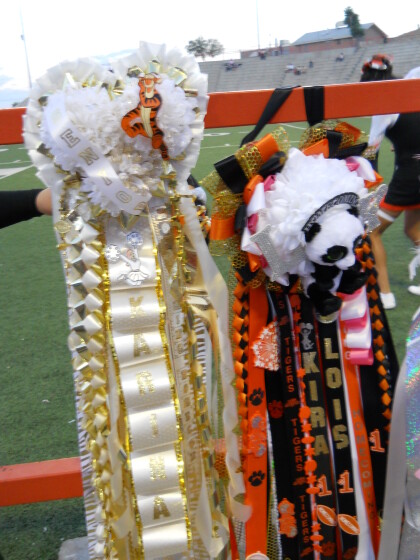
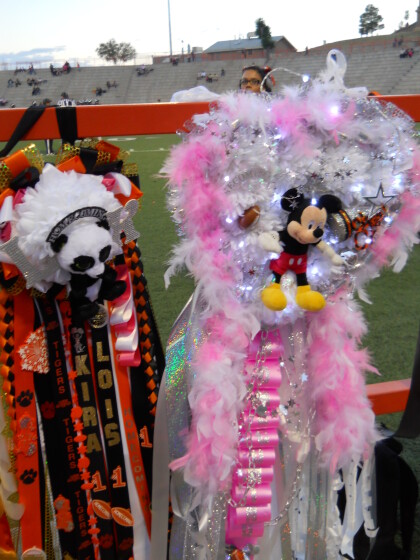
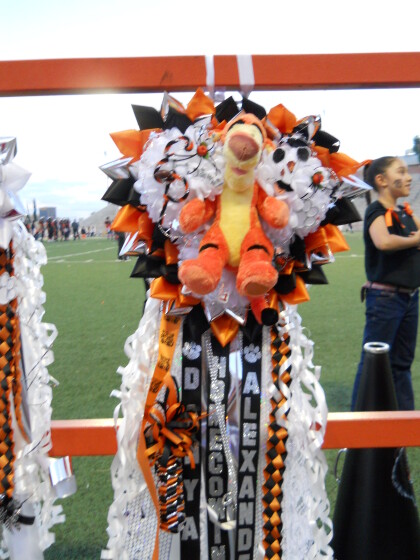
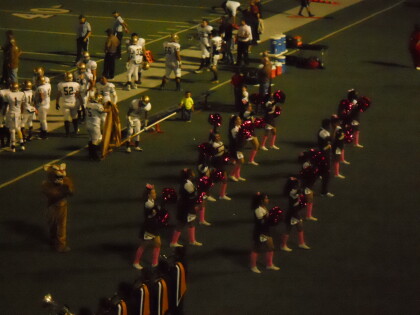
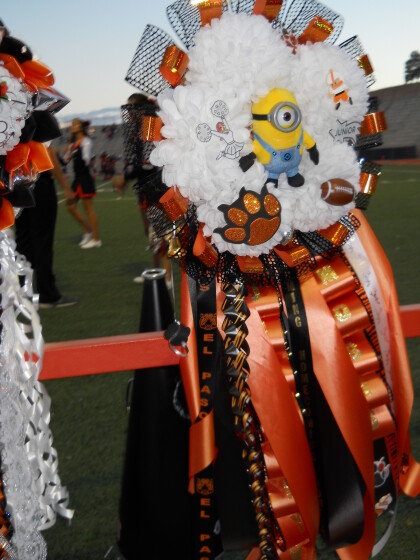

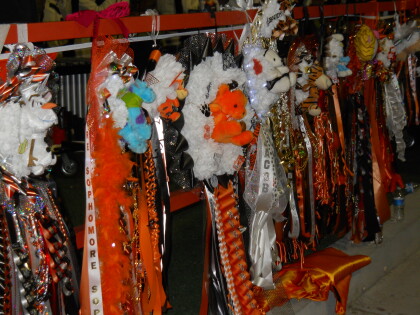
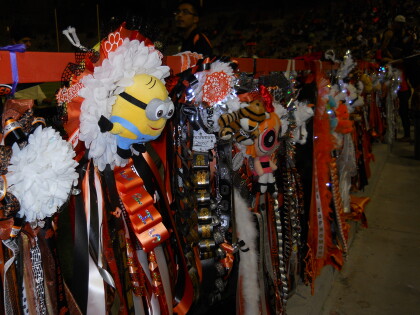
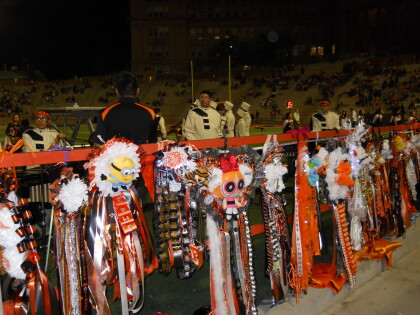


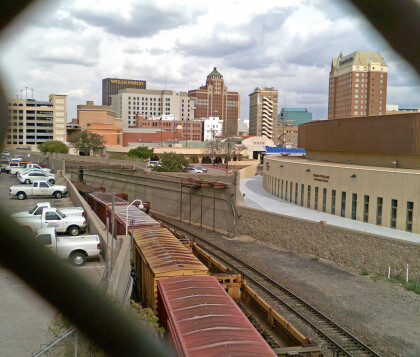
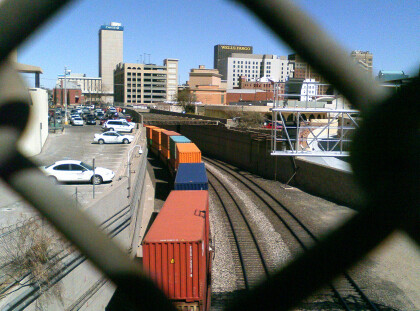
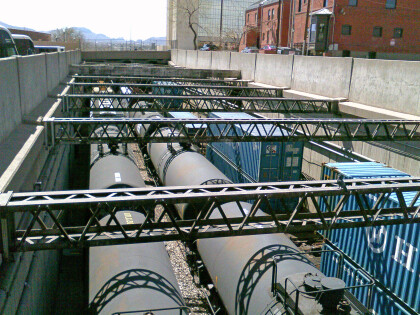
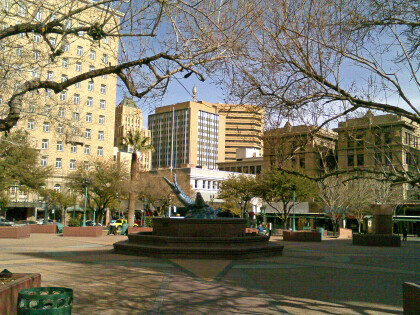
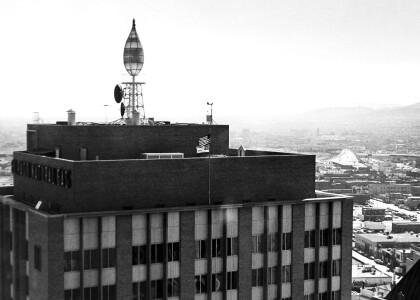

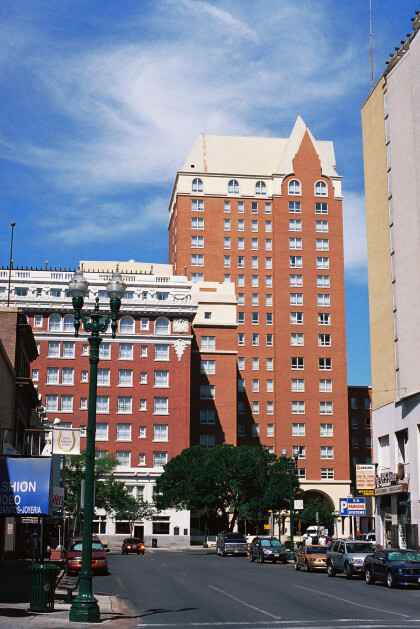
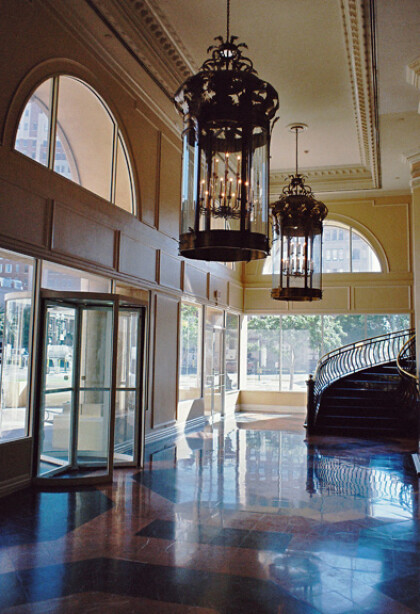

Comments
Add a comment